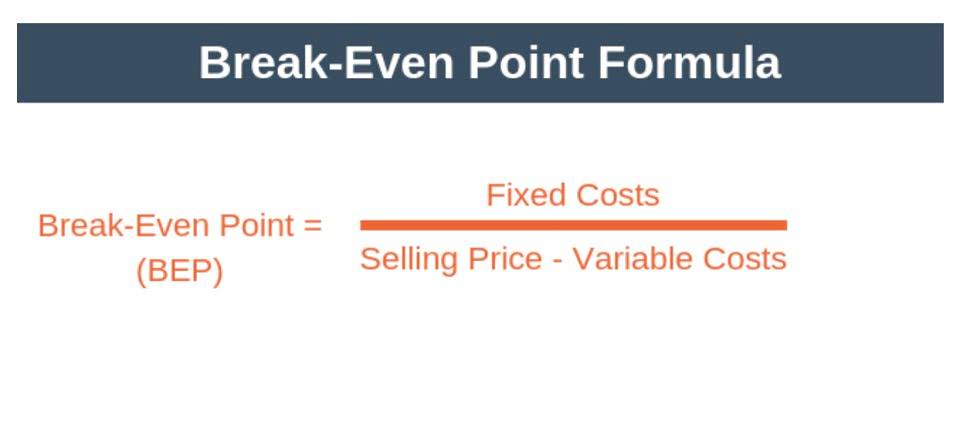
Notes receivables are written promissory notes which give the holder or bearer the right to receive the amount mentioned in the agreement. Sometimes accounts receivables are converted into notes receivables to allow the debtors to pay the balance. A note receivable is a written promise to receive a specific amount of cash from another https://www.bookstime.com/articles/control-accounts party on one or more future dates. This is treated as an asset by the holder of the note, and a liability by the borrower. Overdue accounts receivable are sometimes converted into notes receivable, thereby giving the debtor more time to pay, while also sometimes including a personal guarantee by the owner of the debtor entity.
Entry at Maturity
Disclosure of receivables, including footnote details (related-party receivables), are shown for Scott’s Liquid Gold Inc. below. If the note is not paid and was discounted without recourse, no further entry is needed. By discounting a note with recourse, the endorser has a contingent liability. A contingent liability is a possible liability that may or may not occur depending on some future event.
What is a Note Receivable?
The Fenton Company should also indicate the default on the Zoe Company’s subsidiary accounts receivable ledger. In some cases, the term of the note is expressed in days, and the exact number of days should be used in notes receivable meaning the interest computation. In this example, interest is based on the fact that the note has been outstanding for 62 days. This period of time is important in calculating the interest charges related to the notes.

Double Entry Bookkeeping
Many competitors in your industry are vying for your customers’ business. For each sale, you issue a notes receivable to the company, with an interest rate of 10% and a maturity date 18 months after the issue date. Basically, a receivable is the opposite side of the transaction from the payable. The lender records a note receivable as an asset on its balance sheet while the borrower records a note payable as a liabilityon its balance sheet.
At the beginning of each month, Tim makes the $2,000 loan payment and debits the loan account for $1,500, debits interest expense for $500, and credits cash for $2,000. It debits cash for $2,000 and credits notes receivable for $1,500 and interest income for $500. The journal entry will follow if a company pays another party directly in exchange for a note receivable.
- If a restaurant purchases $25,000 of new equipment on credit from a restaurant supply store, the supplier will send the restaurant owner an invoice for the purchase.
- Interest Receivable decreasing (credit) reflects the 2018 interest owed from the customer that is paid to the company at the end of 2019.
- Interest on a Note is generally recorded at the time the interest is earned.
- Interest receivable is recognized on the balance sheet in addition to the face value of notes receivable.
- The customer negotiates with the company on June 1 for a six-month note maturity date, 12% annual interest rate, and $250 cash up front.
- The payee is the party that provides the loan, also known as the borrower.
- The ability to raise cash in this way is important to small and medium-sized businesses, which may have limited access to finance.
Is the discount on note receivable a current asset?

One of the differences between notes receivable and accounts receivable is the greater negotiability of notes. But, briefly, if a bank is loaning cash (the bank’s Note Receivable) to a customer (the customer’s Note Payable), the credit would be to Cash for the bank. If a company is selling to its customer and issuing a Note Receivable rather than an Accounts Receivable, a Revenue account would be credited to record the revenue. Accounts receivable is an accounting term that refers to sales for which payment has not yet been received. The payee is the party who receives payment under the terms of the note, and the maker is the party obligated to send funds to the payee.
- The interest rate is the part of a loan charged to the borrower, expressed as an annual percentage of the outstanding loan amount.
- There are several types of notes receivable that arise from different economic transactions.
- Before realization of the maturity date, the note is accumulating interest revenue for the lender.
- A Note Receivable is recorded when a company is on the “receiving” side of a debt.
- If it is a compound interest, the accrued interest that remains unpaid is added to the principal of note receivable and carried over to the next accounting period.
What is a discount on notes receivable?
As mentioned above, the company must determine, using the timeframe of the note receivable, whether it classifies as a current asset or non-current. Finally, a note receivable will also mention the timeframe of the loan. It is similar to the maturity date of loans, representing a future point at which the borrower will repay the lender. Or, we can combine this entry with the journal entry for the repayment of the note. Rather than using Interest Receivable for the one day of interest in April, we record it as part of the cash payment, skipping the step of first entering it in the receivable. The principal part of a note receivable that is expected to be collected within one year of the balance sheet date is reported in the current asset section of the lender’s balance sheet.
Example of Notes Payable and Notes Receivable

